The Hidden Islands Of Croatia’s Dalmatian Coast
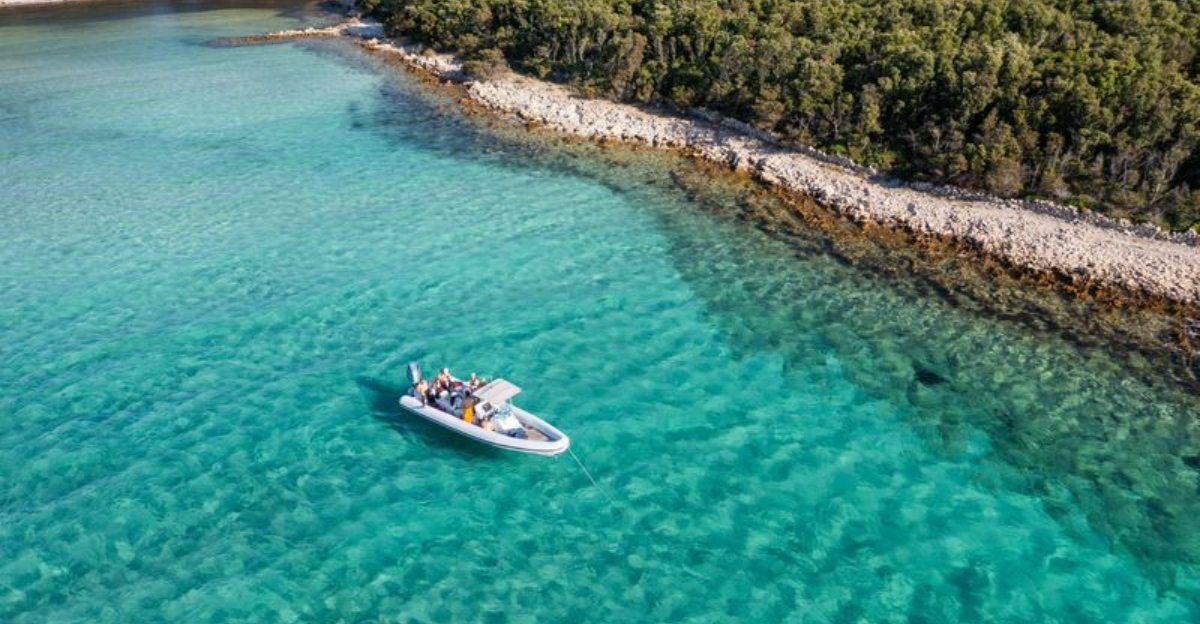
Croatia’s Dalmatian Coast hides some of Europe’s most magical islands that many travelers miss. These lesser-known spots offer crystal-clear waters, ancient villages, and peaceful beaches without the crowds.
I’ve explored these secret gems and discovered places where locals still live traditional Mediterranean lives away from tourist paths. Ready to discover Croatia’s best-kept secrets?
1. Šipan: Olive Groves and Renaissance Villas
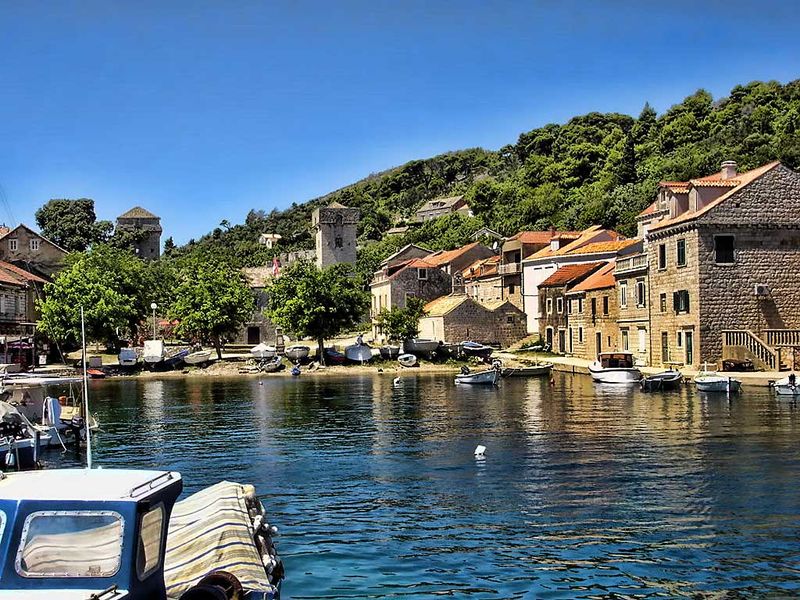
There’s something about the slow rhythm of island life on Šipan that instantly put me at ease. Just a short boat ride from Dubrovnik, this island once served as a retreat for wealthy families who built stunning summer homes among the olive groves.
Walking through the villages of Suđurađ and Šipanska Luka feels like stepping back in time. Fishermen still mend their nets by hand while locals tend centuries-old olive trees that produce some of Croatia’s finest oils.
If you’re seeking authenticity, head to the family-run konobas (taverns) where homemade wine flows freely and seafood comes straight from the morning’s catch. The lack of major hotels keeps this island delightfully unspoiled.
2. Lastovo: Dark Skies and Ancient Traditions
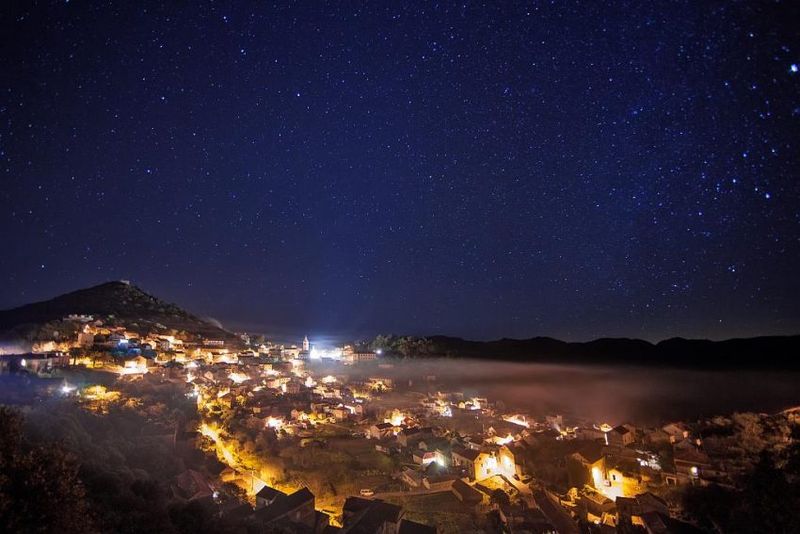
Did you know Lastovo is one of Europe’s darkest places at night? This remote island boasts minimal light pollution, making it a paradise for stargazers and those seeking true escape from modern life’s constant glow.
The island’s isolation has preserved unique traditions like the colorful Poklad carnival, where locals dress in elaborate paper costumes that take months to create. Houses here feature distinctive chimneys – each family designs their own unique style as a symbol of prosperity.
Hiking through Lastovo’s nature park reveals fragrant pine forests and hidden coves where you might not see another soul all day. The island’s 46 churches (for just 800 residents!) hint at its fascinating history of faith and resilience.
3. Vis: Military Tunnels and Blue Caves
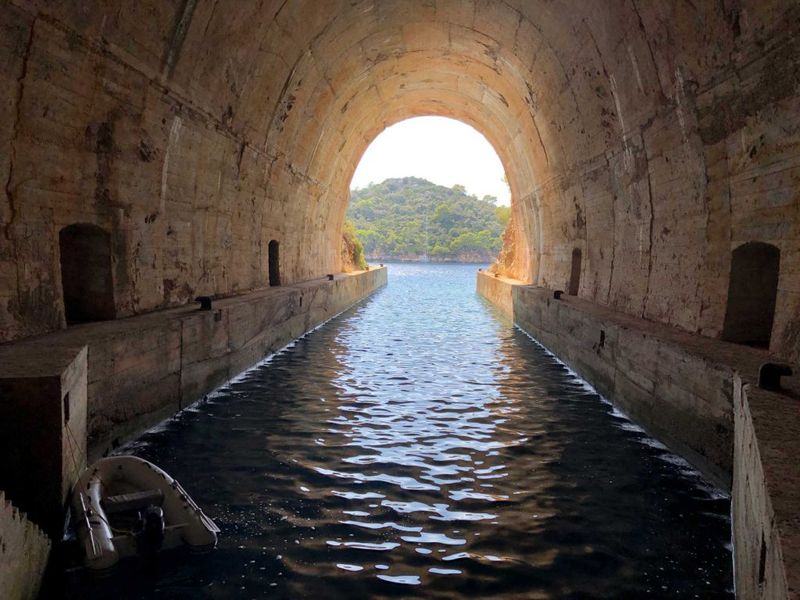
Locked away from tourists until 1989, Vis served as Yugoslavia’s military base, keeping its beauty hidden for decades. I spent hours exploring the fascinating network of tunnels and bunkers carved into the island’s rocky hills – silent witnesses to Cold War tensions.
The famous Blue Cave on nearby Biševo Island glows with an otherworldly azure light that seems almost magical. But I prefer the lesser-known Green Cave where swimming in emerald waters feels like floating in liquid jade.
Locals here produce distinctive wines from grape varieties found nowhere else on Earth. Vugava, an ancient white wine dating back to Greek settlers, carries hints of honey and Mediterranean herbs that perfectly complement the island’s simple seafood dishes.
4. Prvić: Literary Heritage and Car-Free Living

Cars aren’t allowed on tiny Prvić, creating a peaceful atmosphere where the loudest sound might be church bells or children playing in narrow limestone streets. This pocket-sized paradise measures just 2.4 square kilometers but packs in centuries of fascinating history.
The island proudly celebrates its connection to Faust Vrančić, a Renaissance inventor who created an early parachute design. His memorial center displays remarkable models of his forward-thinking creations that were centuries ahead of their time.
Families have passed down the same stone houses for generations here, creating a strong sense of community. When I visited during summer, neighbors gathered in communal courtyards to share meals under grape arbors, immediately inviting me to join their lively conversations.
5. Zlarin: Coral Traditions and Turquoise Bays
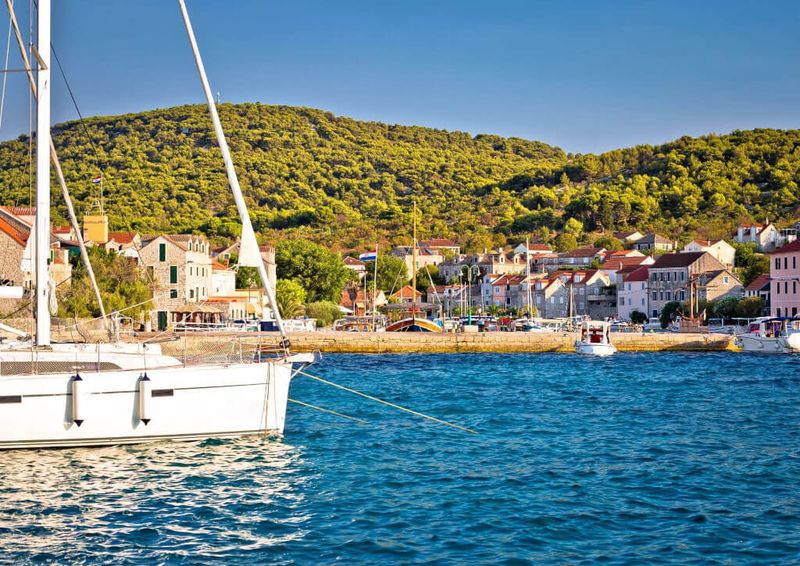
Zlarin’s centuries-old coral harvesting tradition sets it apart from other Croatian islands. Known as the “Golden Island,” local artisans still create stunning jewelry using techniques passed down through generations. The small coral museum tells this fascinating story through beautiful displays of historic pieces.
With no cars polluting the air, the scent of lavender, rosemary, and pine creates a natural perfume that follows you everywhere. The island’s population drops to just 50 people during winter, but summer brings a gentle revival as families return to ancestral homes.
Swimming in Zlarin’s crystal-clear bays feels like floating in liquid turquoise. The shallow waters stay warm well into October, making this a perfect spot for extending your summer adventures beyond the typical tourist season.
6. Silba: Sandy Beaches and Curious Tower

Silba captured my imagination with its unusual Toreta tower – a spiral staircase built by a sea captain for his beloved to watch for his returning ship. This romantic landmark stands as a testament to the island’s seafaring history and the passionate nature of its people.
Unlike most Croatian islands with their typical pebble shores, Silba offers rare sandy beaches that feel wonderfully soft underfoot. The shallow, warm waters make this island especially family-friendly, with natural pools perfect for young swimmers.
Cars aren’t welcome here either, creating a refreshingly quiet environment where bicycle bells replace car horns. The island’s unique figure-eight shape allows you to walk from one side to the other in just 20 minutes, crossing through fragrant pine forests and past hidden coves.
7. Premuda: Underwater Cathedral and Dolphin Neighbors
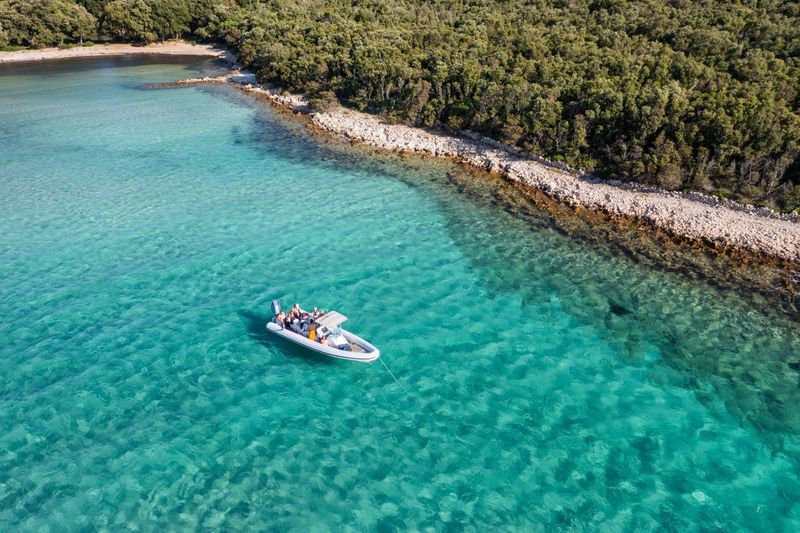
Reaching tiny Premuda requires extra effort, but what awaits beneath its waters makes every minute of travel worthwhile. The famous “Cathedral” dive site features a stunning underwater cave where sunlight creates magical light effects through a crack in the ceiling. Even snorkelers can appreciate the extraordinary visibility of these pristine waters.
A resident pod of dolphins frequently accompanies boats approaching the island, seeming to welcome visitors to their domain. These friendly neighbors often surprise swimmers by appearing nearby, curious about human visitors to their blue kingdom.
With just one village and a single restaurant that changes its menu based on the morning’s catch, Premuda offers an authentic escape from modern life’s complexities. Evenings here are spent stargazing or listening to locals share ancient legends of sea creatures and brave fishermen.
